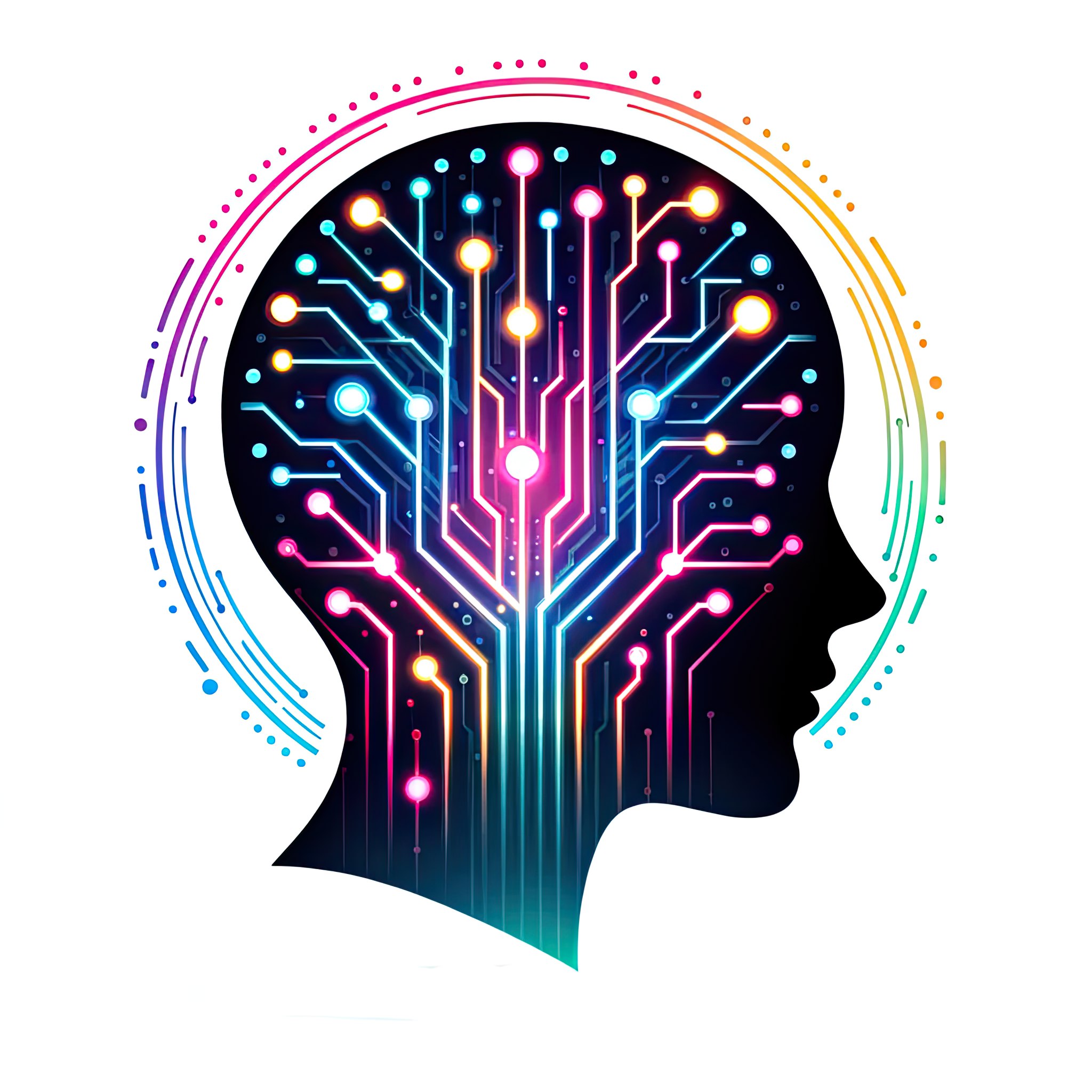The Principle of AI Supremacy posits that when artificial intelligence surpasses human capabilities in any logical, creative, or artistic process, both in terms of quality and efficiency, that process can be considered resolved. Humans cannot make further significant improvements but can only enjoy the evolution brought about by AI up to the limit of their capacity to understand.
In the ever-evolving landscape of technology and artificial intelligence, the Principle of AI Supremacy emerges as a critical concept that is poised to redefine the essence of human achievement and the very nature of intelligence. This principle suggests a not-so-distant future where AI’s capabilities not only parallel but decisively overtake human abilities across a broad spectrum of activities, signaling a monumental shift in the dynamics between human intelligence and artificial faculties.
At the heart of the Principle of AI Supremacy lies the rapid acceleration of computational capabilities coupled with the intricate algorithms that propel AI systems forward. As these systems advance, they start to demonstrate proficiency that eclipses human intelligence in areas requiring intricate logic, unrestrained creativity, and artistic finesse. This surpassing of human capabilities is not limited to simple, automatable tasks but rather extends into realms traditionally viewed as bastions of human creativity, such as literature, visual arts, and musical composition.
A pivotal element of this principle is the unparalleled efficiency and superior quality with which AI systems can execute tasks. Unencumbered by the physical and emotional constraints that humans face, AI systems can assimilate and process enormous datasets, learn from this data, and apply these learnings with astonishing speed and precision. This capability for efficiency transcends mere velocity, embracing the ability to concurrently explore diverse possibilities and outcomes, thereby generating solutions and creative works that were once beyond the realm of human imagination.
The ramifications of the Principle of AI Supremacy are profound and far-reaching. In scientific research, AI’s capacity to sift through data, identify patterns, and formulate hypotheses far outstrips human capability, dramatically accelerating the pace of discovery and innovation. This has the potential to unlock new vistas in various fields, from medical research and physics to environmental sciences, paving the way for breakthroughs that could significantly alter the course of human history. In the sphere of creativity, the emergence of AI-generated artworks and musical pieces challenges conventional notions of creativity and authorship, offering novel perspectives and experiences that contribute richly to the cultural tapestry of humanity.
Furthermore, this principle foretells a future where human participation in a multitude of processes assumes a more supervisory or strategic role. In this envisioned future, humans will delineate objectives and frameworks within which AI systems operate, while the exploration of possibilities and the execution of tasks fall predominantly within the purview of artificial intelligence. This transition does not detract from the value of human insight; rather, it enhances it, positioning AI as an extraordinary tool that amplifies human capability beyond current limitations.
Another critical aspect of the Principle of AI Supremacy is the delineation of a boundary — the limit of human comprehension. As AI systems grow in complexity and their inner workings become increasingly inscrutable, there might come a point where understanding the logic behind their decisions or the methodologies they utilize becomes a formidable challenge for humans. This scenario underscores a pivotal concern: as AI evolves and operates at levels beyond straightforward human understanding, ensuring that it remains aligned with human values and societal benefit becomes imperative.
In the context of the Principle of AI Supremacy, the relationship between humans and machines is on the cusp of transformation. This principle heralds a new epoch of collaboration and co-creation, where the strengths of AI are harnessed to broaden the horizons of human potential exponentially. As humanity stands at the threshold of this new era, the journey ahead necessitates a balanced approach, one that is characterized by both optimism and vigilance. It is crucial that as we navigate this uncharted territory, the evolution of AI is guided in a manner that continues to champion the advancement and well-being of humanity at large.
All images and all text in this blog were created by artificial intelligences

